Invented by Christopher Allen Aimone, Ariel Stephanie Garten, Trevor Coleman, Locillo (Lou) GIUSEPPE PINO, Kapil Jay Mishra Vidyarthi, Paul Harrison Baranowski, Michael Apollo Chabior, Tracy Chong, Raul Rajiv Rupsingh, Madeline Ashby, Paul V. Tadich, Interaxon Inc
Wearable computing refers to the integration of technology into everyday items that can be worn on the body. These devices are designed to provide users with real-time information, connectivity, and convenience. From smartwatches and fitness trackers to augmented reality glasses and smart clothing, the market offers a wide range of options for consumers.
One of the key drivers of the wearable computing market is the increasing adoption of fitness and health monitoring devices. With a growing emphasis on personal well-being, consumers are turning to wearable devices to track their physical activities, monitor their heart rate, and even analyze their sleep patterns. These devices provide users with valuable insights into their health and help them make informed decisions about their lifestyle.
Another significant factor contributing to the market growth is the rise of smartwatches. These devices offer a plethora of features, including notifications, fitness tracking, music playback, and even mobile payments. Smartwatches have become an essential accessory for tech-savvy individuals who want to stay connected on the go without having to rely on their smartphones.
The market for wearable computing apparatuses and methods is also benefiting from the increasing popularity of virtual and augmented reality technologies. Virtual reality headsets, such as the Oculus Rift and HTC Vive, are becoming more accessible to consumers, allowing them to immerse themselves in virtual worlds and gaming experiences. Augmented reality glasses, like Google Glass and Microsoft HoloLens, are also gaining traction in various industries, including healthcare, manufacturing, and retail.
Furthermore, the integration of artificial intelligence and machine learning algorithms into wearable devices is opening up new possibilities for users. These technologies enable wearables to analyze data, provide personalized recommendations, and even anticipate user needs. For example, smartwatches can learn a user’s daily routine and suggest the most efficient routes for commuting or remind them to take breaks during prolonged periods of inactivity.
Despite the promising growth prospects, the market for wearable computing apparatuses and methods still faces some challenges. One of the main concerns is privacy and data security. As wearable devices collect and transmit sensitive personal information, there is a need for robust security measures to protect user data from unauthorized access or breaches.
Additionally, the market is highly competitive, with numerous players vying for market share. Established technology giants, such as Apple, Samsung, and Google, dominate the market with their extensive product portfolios and strong brand recognition. However, there are also opportunities for smaller companies and startups to innovate and carve out a niche in specific segments of the market.
In conclusion, the market for wearable computing apparatuses and methods is experiencing rapid growth, driven by the increasing demand for fitness and health monitoring devices, the popularity of smartwatches, the emergence of virtual and augmented reality technologies, and the integration of artificial intelligence. While challenges such as privacy and competition exist, the market presents immense opportunities for companies to develop innovative and user-centric wearable devices that enhance people’s lives. As technology continues to evolve, we can expect to see even more exciting advancements in the wearable computing market in the years to come.
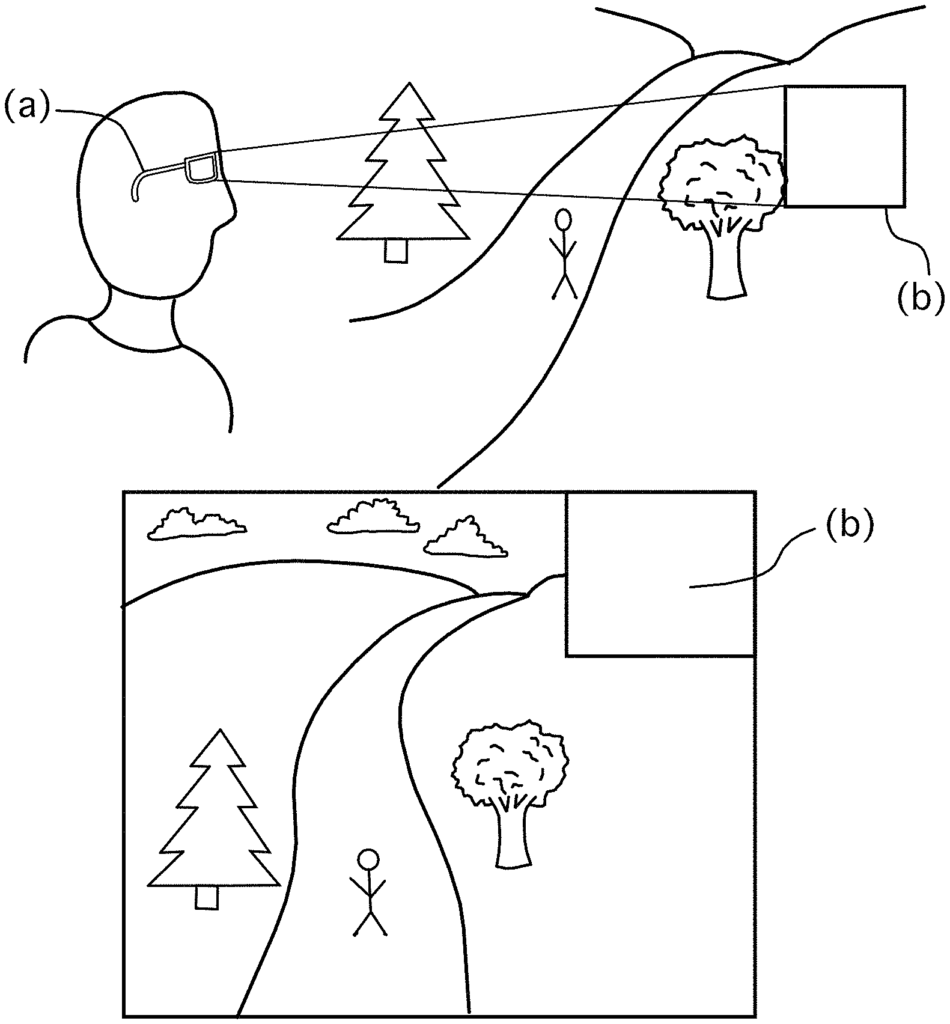
The Interaxon Inc invention works as follows
The method includes: processing the bio-signal measurements, including the brainwave state measurements, according to a user profile; determining the correspondence between the processed bio-signal measurements and at lease one predefined device action; and, in accordance the correspondence determination determining, controlling the operation of at the least component of the device. The device can be controlled in many ways by measuring different types of bio-signals. This includes brainwaves.
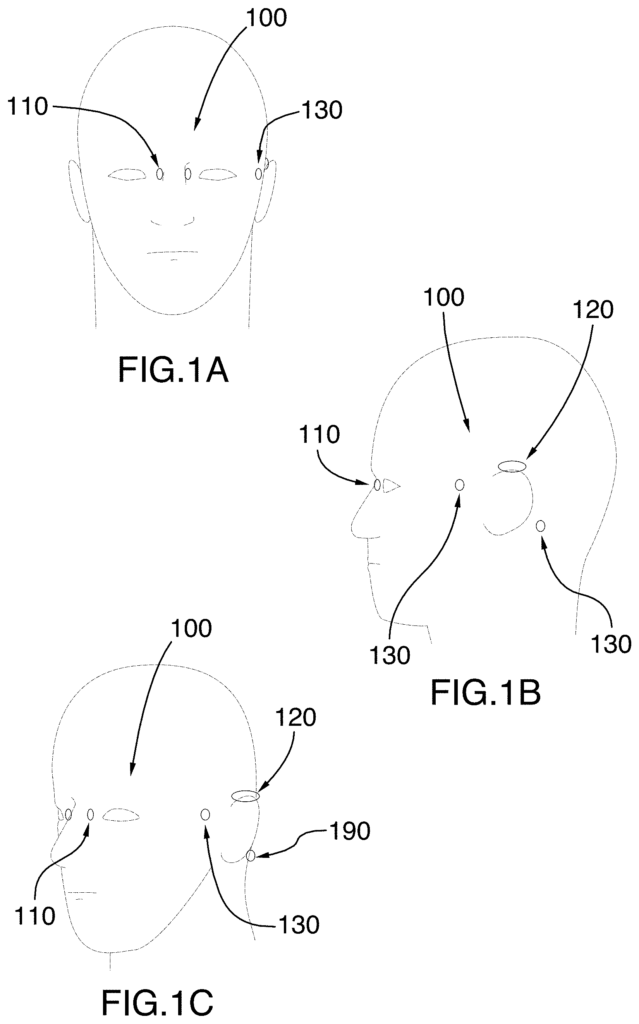
Background for Wearable computing apparatuses and methods
A user can interact with a computer device using a touch screen, keyboard, trackpad, motion-capture device, or track pad. Computers may be able to perform new tasks or become more efficient as the way humans interact with computers changes. Motion-capture input devices can be used to associate a user command with a computing device, which may otherwise require multiple commands on the keyboard. “As the human body is composed of many parts that can be controlled by voluntary movements, there are other opportunities to capture and interpret other movements in order to interact with a computer device.
The method includes: acquiring a bio-signal from the user by using the bio-signal sensor; processing that bio-signal in accordance to a profile for the user; determining the correspondence between the processed bio-signal and a predefined control action on the display; and, in accordance with this correspondence determination, changing the image displayed on display.
The present invention provides a method performed by a wearable computer device that includes at the least, one biosignal sensor. This sensor also includes at the least, one brainwave measurement.
The present invention provides a non-transitory product of computer programs that tangibly embodies code which, when executed by an processor, causes it to perform the method of this invention.
The wearable computing devices include: “According to an aspect of the invention, a wearable computer device is provided comprising: At least a bio-signal sensor, with at the least a brainwave sensor. There are also: A non-transitory medium or media containing computer-executable computer instructions that cause the data processor to perform the following: Acquire at the least a bio-signal from the user, with at the least a brainwave measurement. Process the biosignal, with
Before explaining in detail at least one embodiment, please understand that the invention does not limit its application to details of construction or to the arrangement of components as described in the following description, the examples given therein or shown in the drawings. The invention can be embodied in other ways and practiced or carried out differently. It is important to note that the terminology and phraseology used here are only for purposes of description, and not intended as limitations.
This invention describes a method performed by a wearable computer device that includes a display and at least a bio-signal sensor. The method comprises: acquiring at lease one biosignal from a user, using the at lest one biosignal measuring sensors; processing the at leeast one biosignal measurements in accordance to a profile associated with user; determining correspondence between the processed and predefined display control actions; and, in accordance the correspondence determination, altering an image displayed on display. The display can be part of the device or on a separate device connected to the device or in communication. Separate computing devices can also be worn by users.
The invention includes a wearable computer device that has a camera and a display. It also contains bio-signaling measuring devices to measure the bio-signals of a user and their environment. This allows the device to determine the user?s context and state through sensors.
In a specific aspect of the invention the bio-signal measurement system can include at least one (1) electrical bio-signal sensors in electrical contact the skin of the user; (2) a capacitive sensor in capacitive touch with the skin of the user; (3) a sensor for measuring the properties of blood flow of the user; and (4) wireless communication sensor placed under the skin of the user.
In another aspect, the wearable computer device can include at least one camera facing the user to track eye movements. In one aspect of the invention the wearable computing devices may have a shape similar to eyeglasses that can be worn on the face. At least one camera can be positioned to align itself with the field of vision of the user.
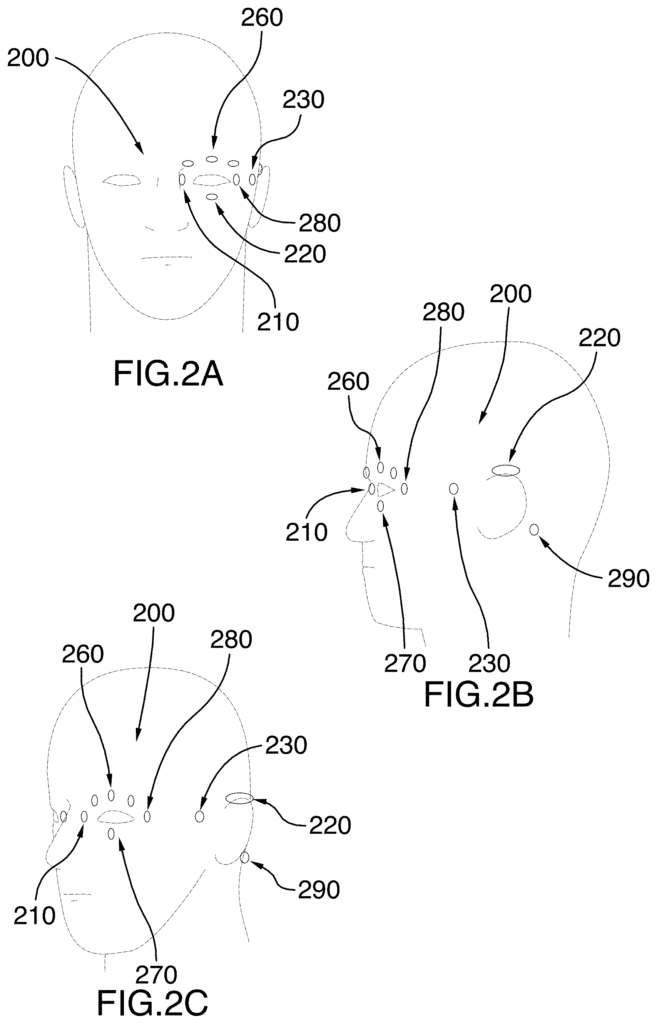
In another aspect of the invention the wearable computing devices may take the form of atleast one sensor that can be placed on or adhered to the head or face of the user. Optionally, each sensor can communicate wirelessly or through wires. The controller device and each sensor can communicate wirelessly or via wires. The controller device can be mounted on the wearable computing devices to allow it to be located near or at the user’s face or head. The controller device can also be placed elsewhere on the body of the user, for example, in a pocket or bag. The controller device can also be located outside of the body. The sensors can monitor the user and store data on a local storage device mounted to the wearable computer device. Once the sensor or transmitter moves into proximity to the controller, it may send the stored data to that device to be processed. In this implementation, a wearable computing device is primarily usable when it is located near the controller device.
The wearable computing device can include a camera and bio-signal measurement means. One of the biosignal measuring devices may use at least one sensor to measure brain activity. Brain activity may be measured through electroencephalography (?EEG?) Electroencephalography (?EEG?) Near-infrared light absorption techniques are used to measure relative changes in hemoglobin levels. The wearable computing device may also include a sensor that uses pulse oximetry. The wearable computing device can include at least one sensor that measures eye activity using Electrooculography (?EOG?) techniques. techniques. “Other sensors that track other types of eye movements may also be used.
In various implementations the wearable computing devices may include other sensors and input methods. The wearable computing device can include at least one audio sensor, such as a microphone, a microphone cluster, a speaker and headphones. The wearable computer device can include at least one inertial device for measuring the movement of wearable computing devices. The wearable computing devices may include at least one sensor to receive touch inputs from the user.
The wearable computing device can sample both bio-signals and the environment of the user simultaneously or generally concurrently to produce sampled information. The wearable computing device can analyze the sampled data in real-time, or at a predetermined future time when the user is not wearing it.
The wearable computing device can include user input detection methods which are adaptive, and become better with time. When the user tries to command the device and it responds in a surprising way, they can try to correct their previous input. They may do this by indicating the response of the device was incorrect and then retrying to issue the original command. The wearable computing device will refine its understanding over time of the user inputs it corrects. Some user inputs are easier to accurately measure than others. It might be better to use a high accuracy input to tell the wearable computing device the previous input is incorrect. Tapping the wearable computing devices in a certain spot could indicate that the last input response was incorrect. “Explicit training, such as voice recognition, can also be used to command and configure the wearable computing devices.
In one implementation, wearable computing devices may have a form factor similar to glasses. Glasses with or without eyeglass components may be a good choice for mounting sensors, as they can be mounted easily to the face of the user and removed easily. When resting on the nose or ears of the user, glasses may be relatively stable with respect to their head. To further reduce the movement of the sunglasses, the arm-portions may grip the sides or back portions of the head of the user. “Resilient arm-portions can be useful to achieve a gripping force that is suitable, thus minimizing the movement of the glasses.
The wearable computing device can provide only bio-signal sensor and processor to process measurements taken from the sensors. The wearable computing devices can communicate the data or measurements derived by processing these measurements to one or multiple secondary devices such as Google Glass? It should be appreciated that in any of the embodiments or applications described herein, some actions can be performed by multiple devices connected together or even just one wearable computing device. The wearable computing device, for example, may not have a display. In this example, a wearable computing device could communicate visual information through a second device such as Google Glass, which has a display.
Sensors that can be used with the wearable computing devices may come in different shapes and materials. The sensors can be made from conductive materials, such as rubber, conductive metal, or composites. Sensors can also be coated with metals such as stainless-steel, silver-silver chloride and other materials.
The sensors can include electroencephalogram sensors (EEG), galvanometer sensors and electrocardiograph sensors. They may also include eye-tracking sensors or blood pressure sensors. The sensors can be connected to a wearable computing device such as a headset computer or headband worn by the user. The sensors can be wired or wirelessly connected to the wearable computer device.
According to an aspect of the invention, a wearable computer device may perform a method that includes at least one sensor for measuring bio-signals, which sensor can include at least a brainwave sensor. The method can include obtaining at least one measurement of bio-signal from the user by using at least one sensor for bio-signal. At least one brainwave measurement can be included in the at least bio-signal measurements. The wearable computing devices can process the at-least one bio-signal measurements, including the at-least one brainwave state measurement in accordance with an associated profile. The wearable computing devices can determine a correlation between the at least one processed bio-signal measurements and at least predefined device controls actions. According to the determination of correspondence, the wearable computer device can control the operation of at lease one component of wearable computing devices.
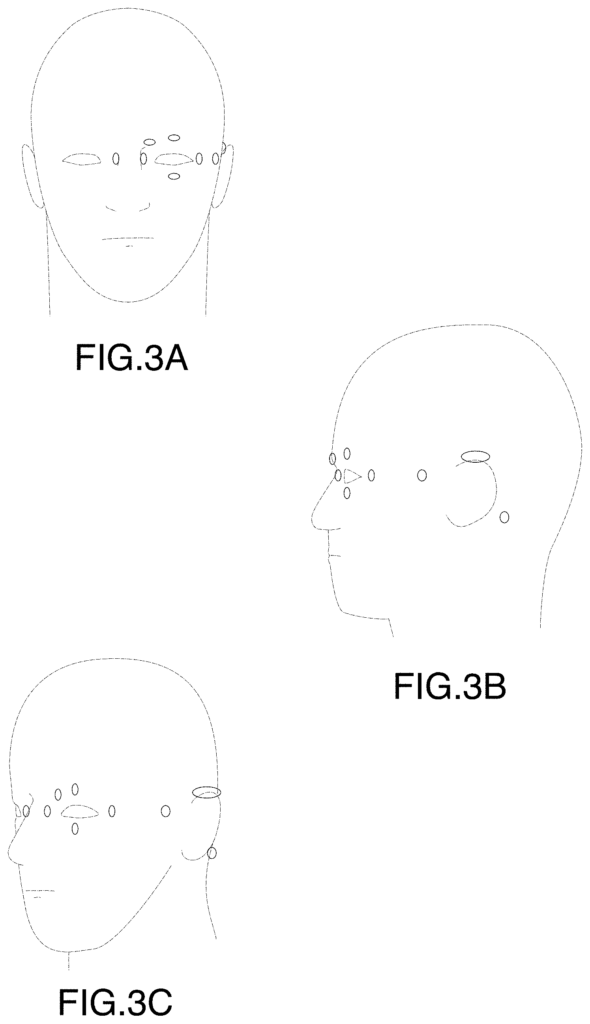
The wearable computing device can include a display component. Controlling operation of at least one component could involve modifying or initiating a modification of an displayed image on the display.
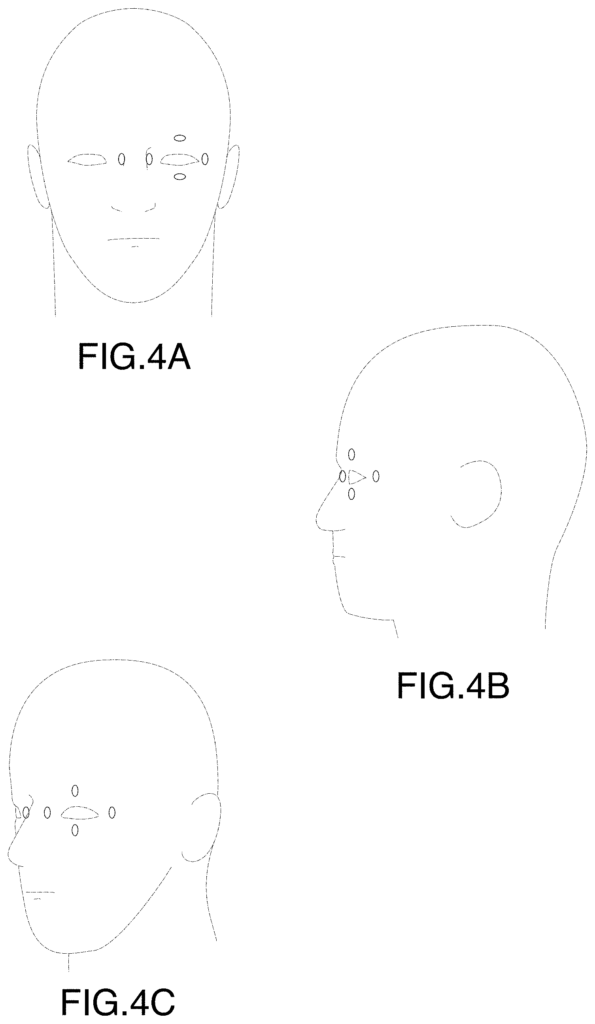
Click here to view the patent on Google Patents.
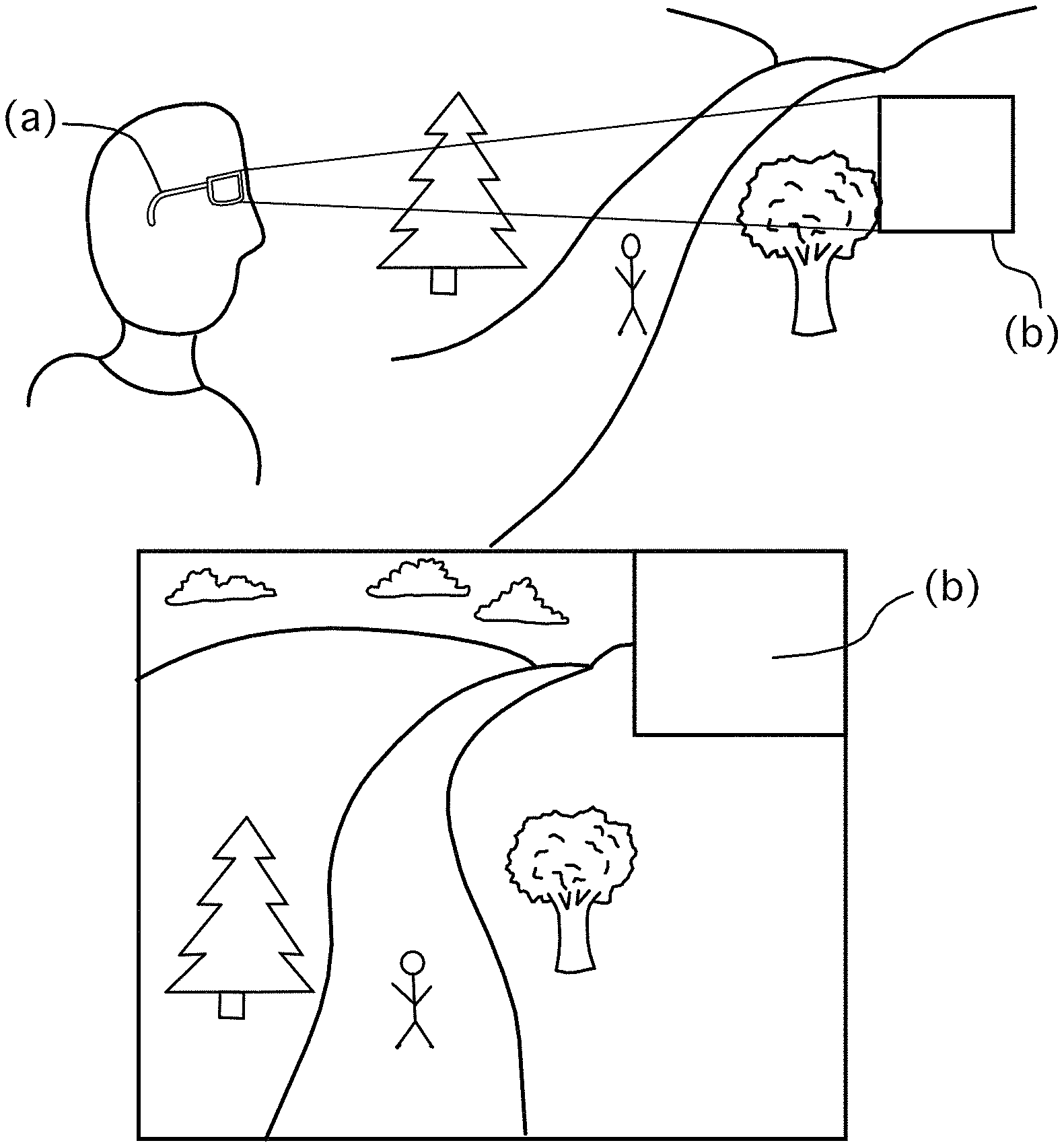
Leave a Reply